ADATA SE800 External SSD
The ADATA SE800 is a very lightweight and compact external SSD. The ADATA Se800 weighs in at only 40 grams or 1.4 ounces. The SE800 is so small, it can fit into the 5th pocket on most jeans. The overall measurements of the ADATA SE800 are 72.7 x 44 x 12.2 mm or 2.8 x 1.7 x 0.4 inch. The SE800 is about 2/3 the size of a credit card. The 512 GB variant we received to review comes in blue. However, the SE800 also comes in black. The ADATA SE800 runs through the USB 3.2 Gen2 Type-C interface. The best part about the Type-C connector, no more plugging the cable in wrong. However, the SE800 is also backward compatible with USB 2.0. Running the SE800 on USB 2.0 will affect speeds. The ADATA SE800 comes packed with a USB 3.2 Type-C to C cable, USB 3.2 Type-C to A cable and a Quick Start Guide. The SE800 comes with a 3-year limited warranty.
The ADATA SE800 has an IP68 rating. This means the SE800 is dust-proof and resistant to sand and dirt. The IP68 rating also says the ADATA SE800 is resistant to submersion underwater for up to 30 minutes, at a depth of up to 1.5 meters. Given is is as long as the cover on the left is tightly sealed. There is another cap on the tight that can be removed, but was rather difficult to remove. The SE800 also meets the MILSTD-810G 516.6 impact resistance standard so it can survive accidental drops and even being stepped on by a certain reviewer, with no issues.
The SE800 is compatible with Windows, MAC OS, and Android. The SE800 allows for fast transfers, even between platforms. The SE800 can transfer files up to 12.5 times faster than a traditional external hard drive. Through USB 3.2 Gen2, the SE800 is capable of transferring a 50 GB 4k file in as little as 50 seconds. The ADATA SE800 can run with either a USB 3.2 Type-C to C cable or a USB 3.2 Type-C to A cable and comes packed with both. The SE800 is backward compatible as far back as USB 2.0. However, you’ll take a hit on speedrunning the SE800 on USB 2.0 or USB 3.0.
Taking apart an SSD is a standard part of any SSD review we do. However, the SE800 was a bit more tricky than the average drive to disassemble. There were no screws involved, just bruit force. None the less, it did come apart. The end cap that isn’t meant to be removed has a thick rubber grommet around it, helping give the SE800 it’s IP68 rating. The actual PCB snaps into a small black tray that slides into the brushed aluminum housing.
I had expected to see a regular M-Key M.2 drive, just a Type 2242 drive, as opposed to the Type-2280 we are all so used to. I assumed the PCB would just be an M.2 to Type-C adapter. However, I was wrong. The drive uses ADATA memory modules, There are two on the drive we received for this review. However, you can see spots for two more on the opposite side of the PCB. The actual NAND used on the SE800 is Micron 3D TLC. TCL stands for triple-level cell NAND. TCL NAND stores three bits of data per cell. 3D NAND allows for higher density storage at lower costs by stacking memory cells vertically on a chip.
The ADATA SE800 uses an Innogrit Shasta (IG5208) NVMe controller and BGA SSD form factors for drives up to 2TB capacity. Using the PCIe Gen3x2 interface and NVMe1.3 standard, Shasta features a DRAM-less architecture with the full support of the Host Memory Buffer (HMB) function. The Shasta NVMe controller supports SLC, MLC, TLC, and QLC NAND.
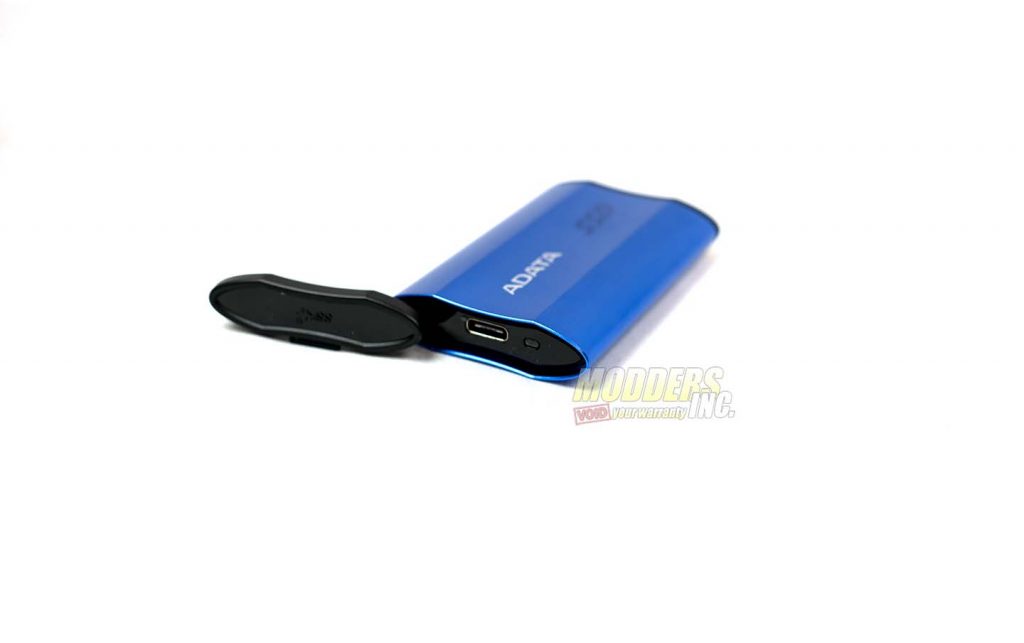
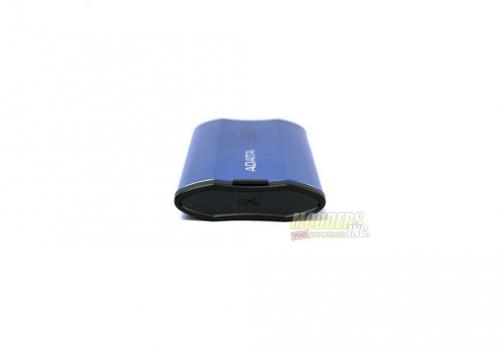
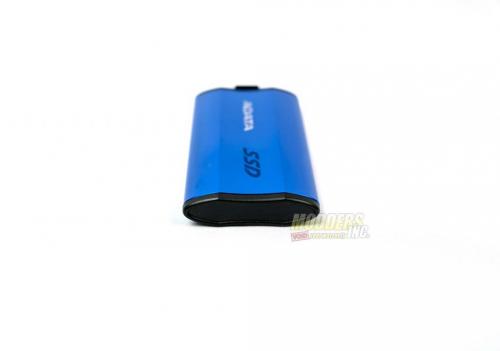
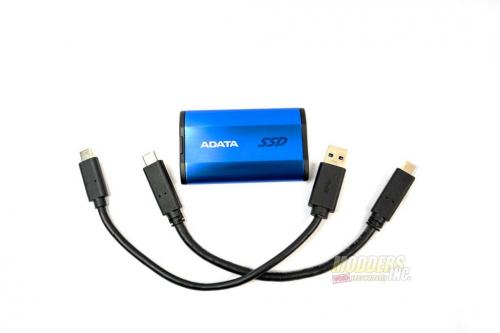
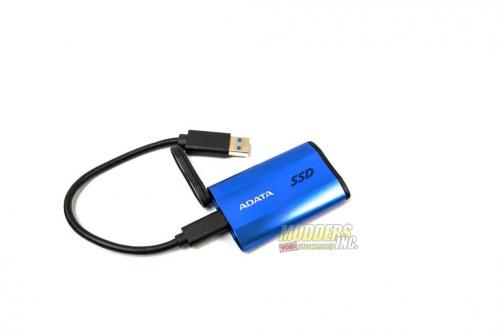
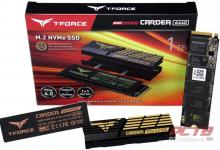

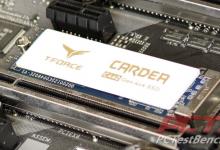
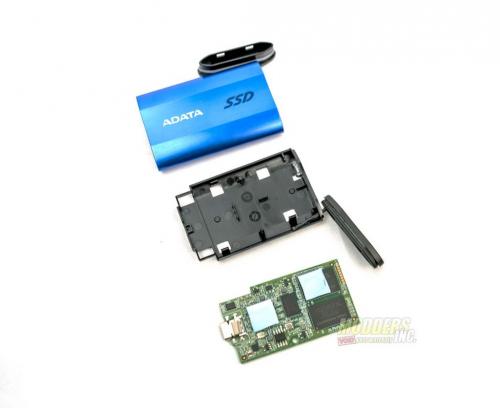
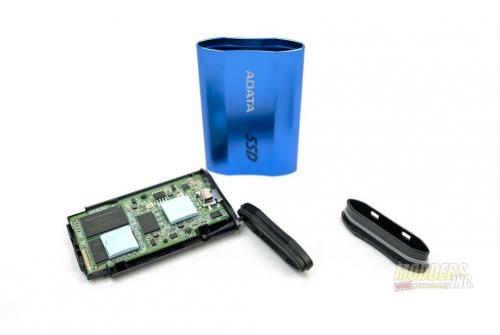
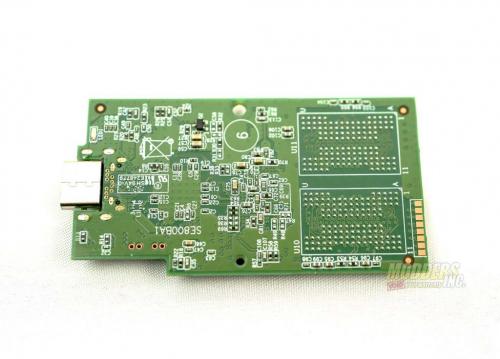
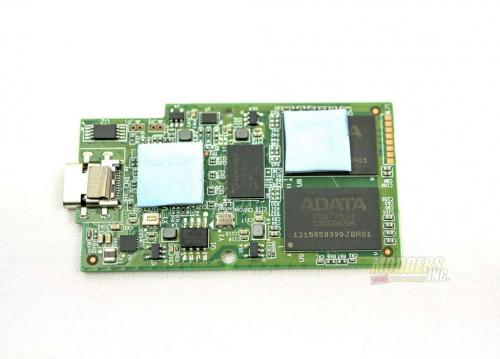
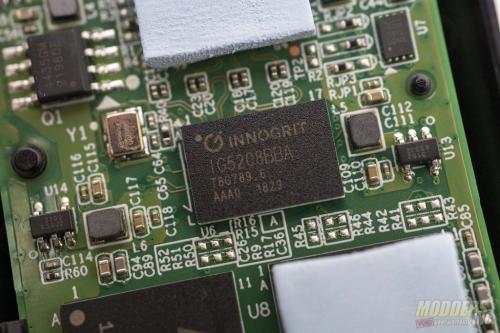
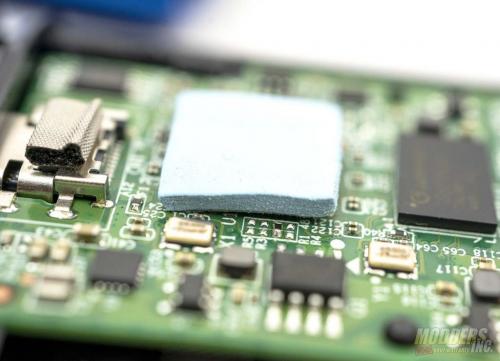
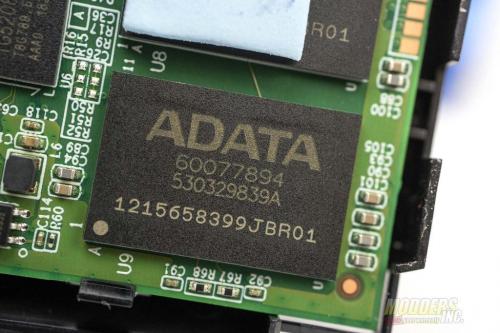
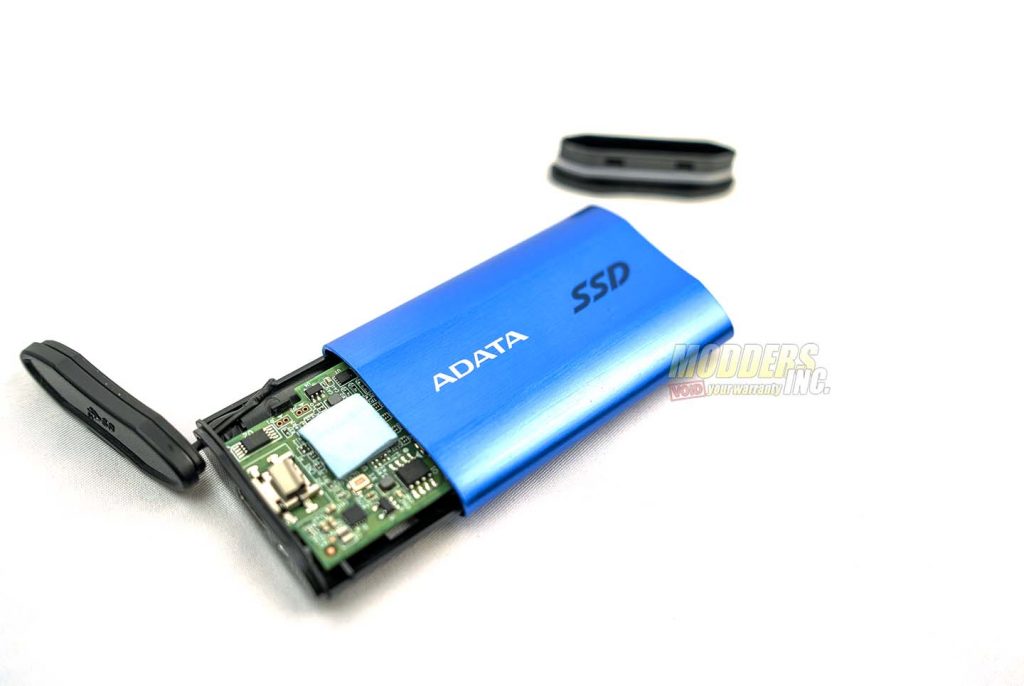
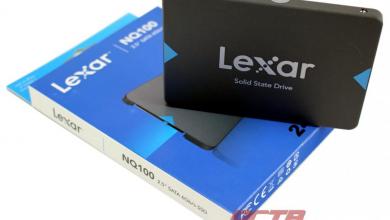
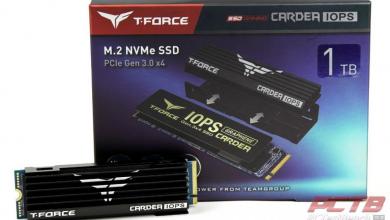
Check Out Our Amazon Store with Modders Inc
Please Support PCTestBench as Every Purchase Helps